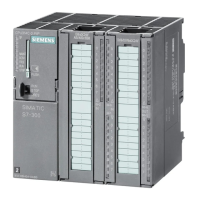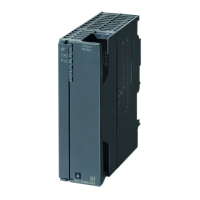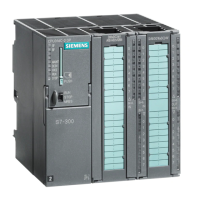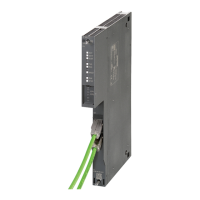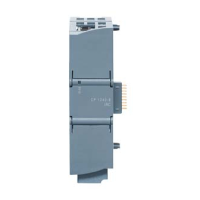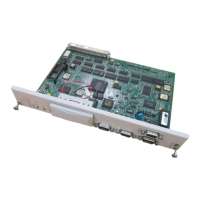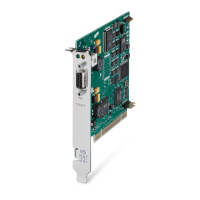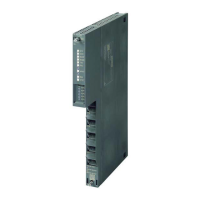Configuring
4.7 Selection and installation of cabinets
S7-300, CPU 31xC and CPU 31x: Installation
Operating Instructions, Edition 08/2004, A5E00105492-05
4-13
Overview of typical cabinet types
The table below gives you an overview of commonly used cabinet types. It shows you the
applied principle of heat dissipation, the calculated maximum power loss and the degree of
protection.
Table 4-5 Cabinet types
Open cabinets Closed cabinets
Enclosed ventilation by
means of natural
convection
Increased enclosed
ventilation
Natural convection Forced convection with
rack fan, improvement
of natural convection
Forced convection with
heat exchanger,
internal and external
auxiliary ventilation
Mainly inherent heat
dissipation, with a
small portion across
the cabinet wall.
Higher heat dissipation
with increased air
movement.
Heat dissipation only
across the cabinet
wall; only low power
losses permitted. In
most cases, the heat
accumulates at the top
of the cabinet interior.
Heat dissipation only
across the cabinet
wall. Forced
convection of the
interior air improves
heat dissipation and
prevents heat
accumulation.
Heat dissipation by
heat exchange
between heated
internal air and cool
external air. The
increased surface of
the pleated profile of
the heat exchanger
wall and forced
convection of internal
and external air
provide good heat
dissipation.
Degree of protection
IP 20
Degree of protection
IP 20
Degree of protection
IP 54
Degree of protection
IP 54
Degree of protection
IP 54
Typical power dissipation under following marginal conditions:
• Cabinet size: 600 mm x 600 mm x 2,200 mm
• Difference between the outer and inner temperature of the cabinet is 20 °C (for other temperature differences refer to
the temperature charts of the cabinet manufacturer)
up to 700 W up to 2,700 W (with
fine filter up to
1,400 W)
up to 260 W up to 360 W up to 1,700 W

